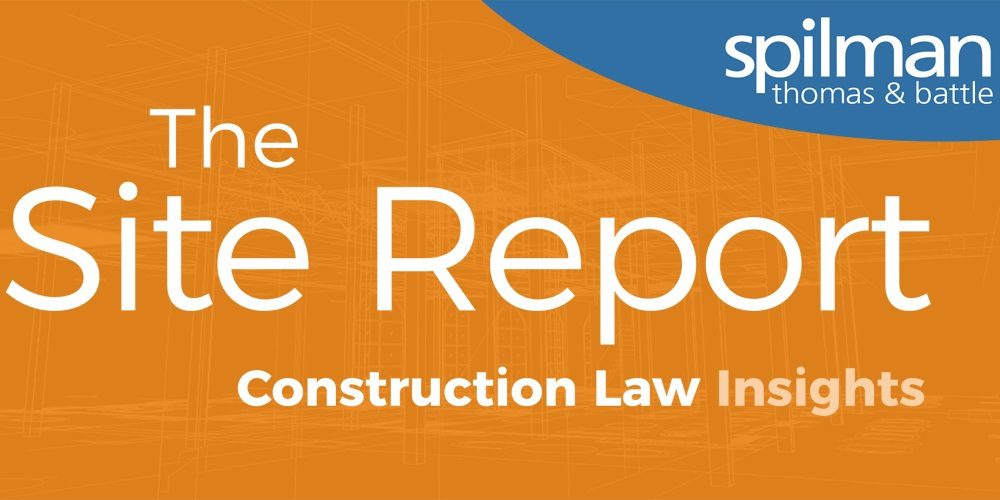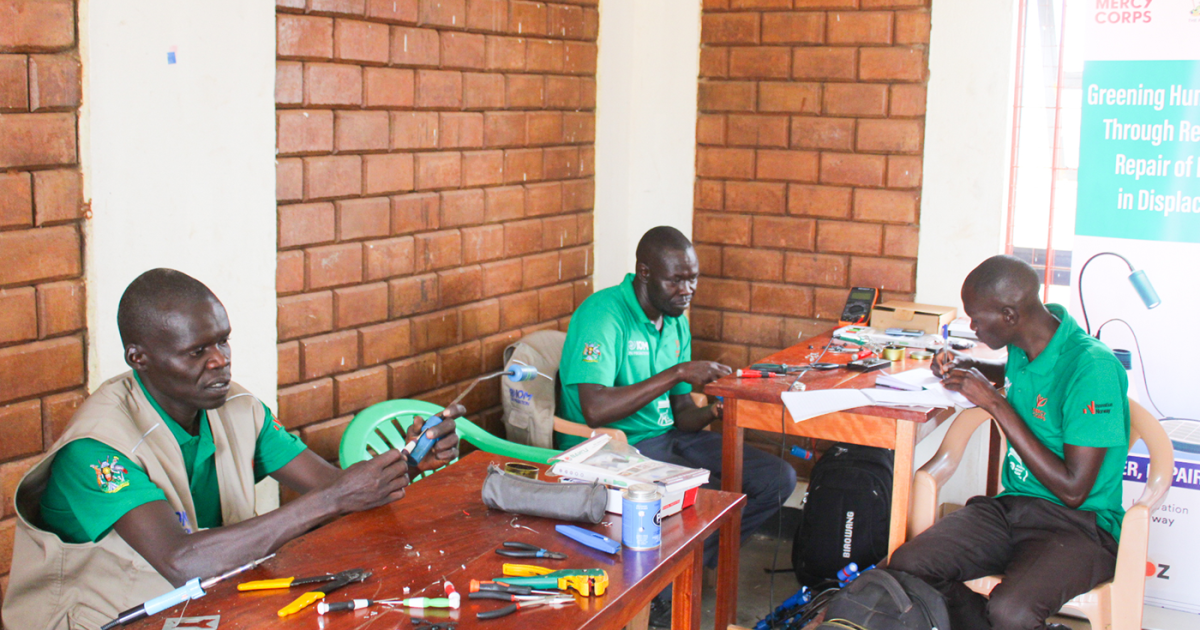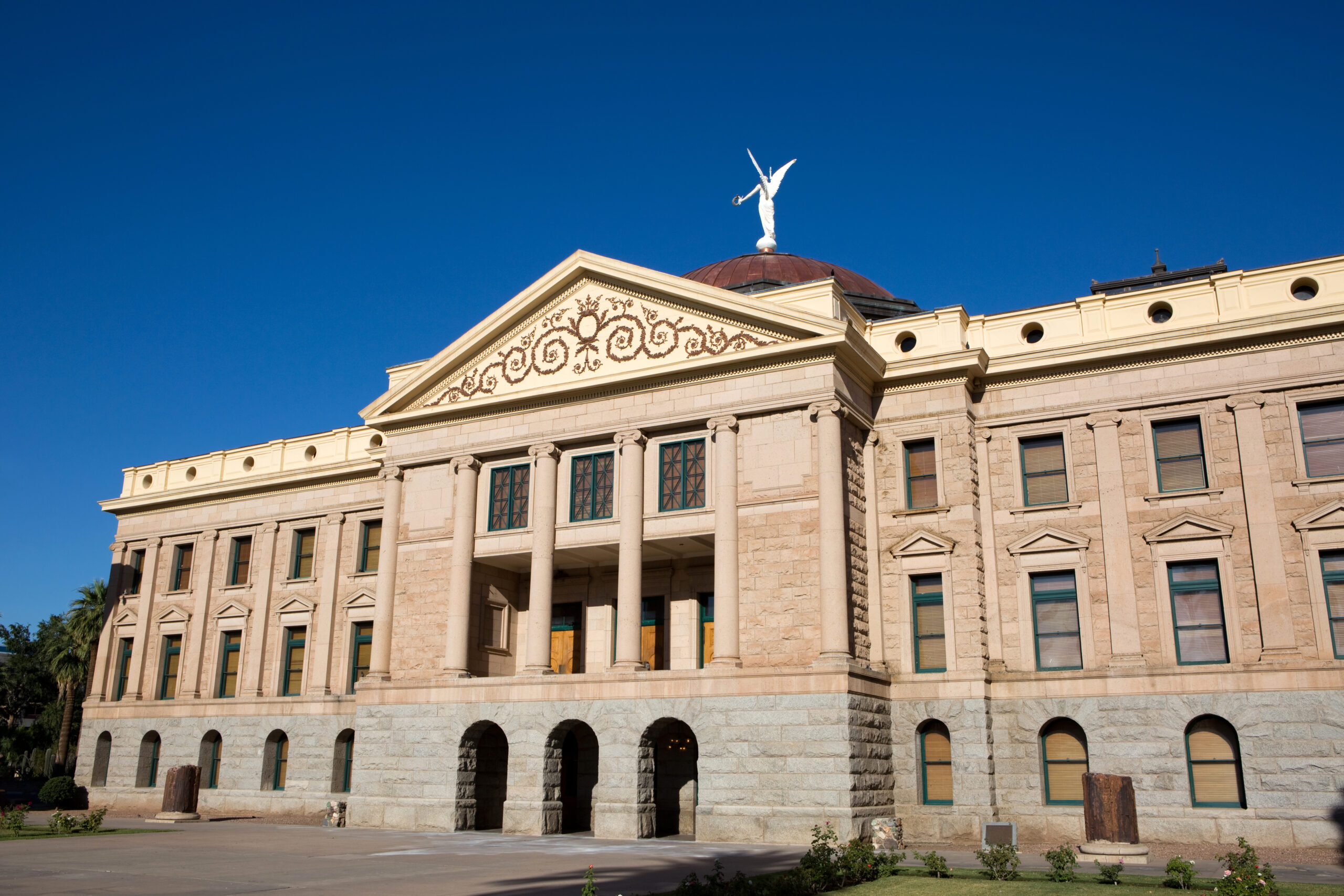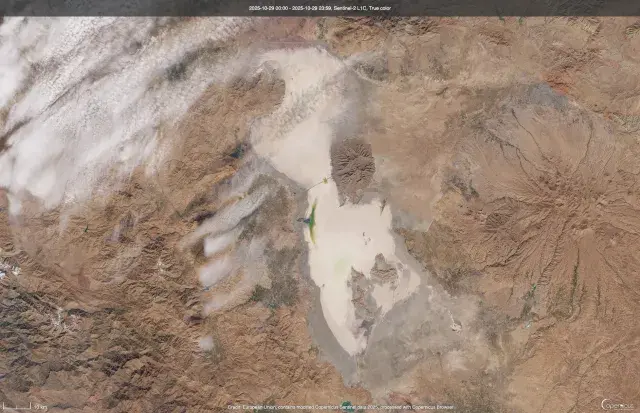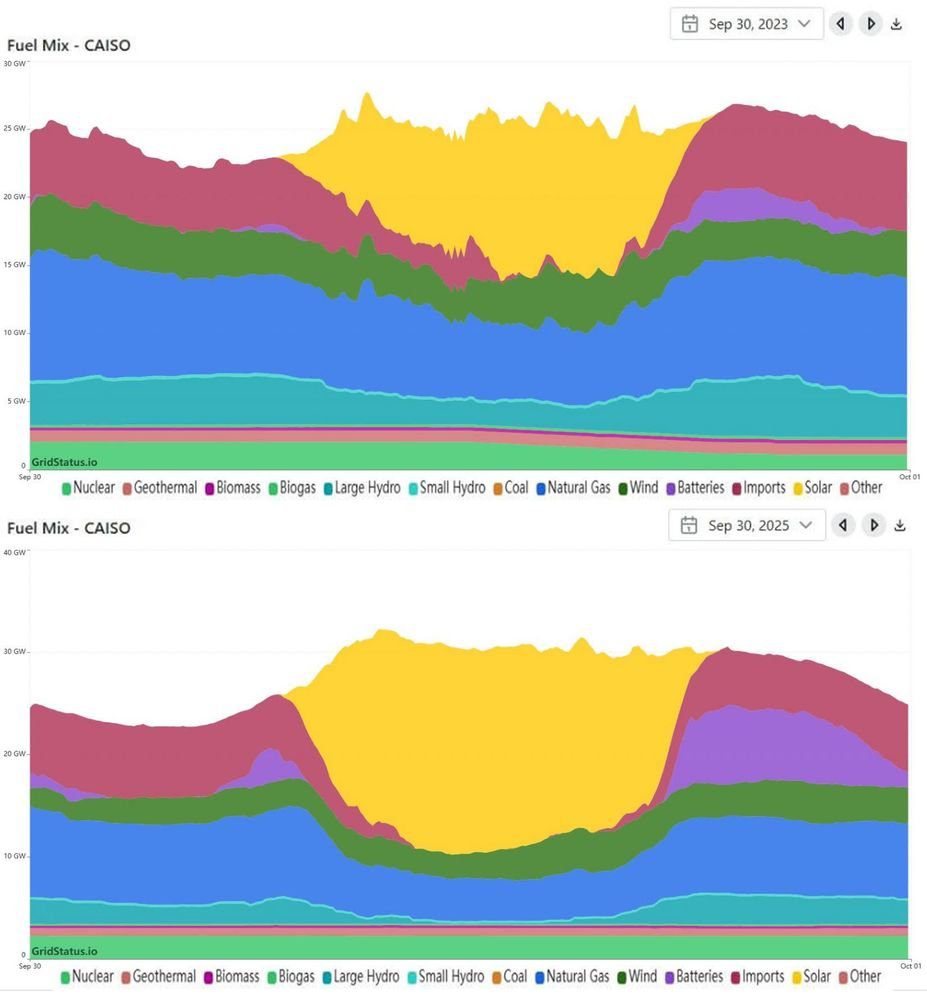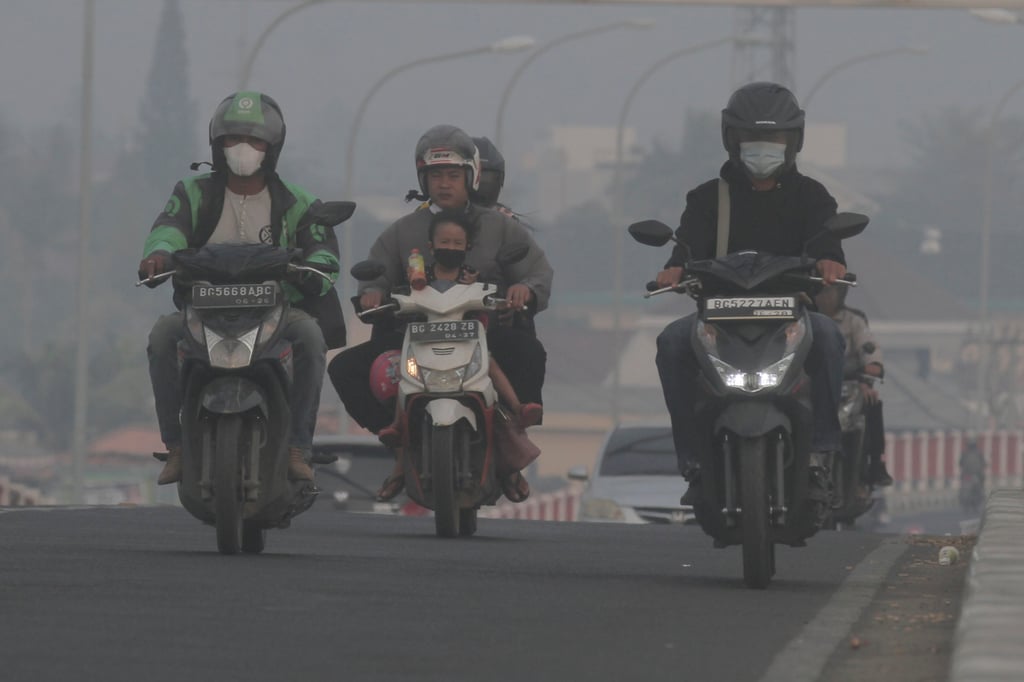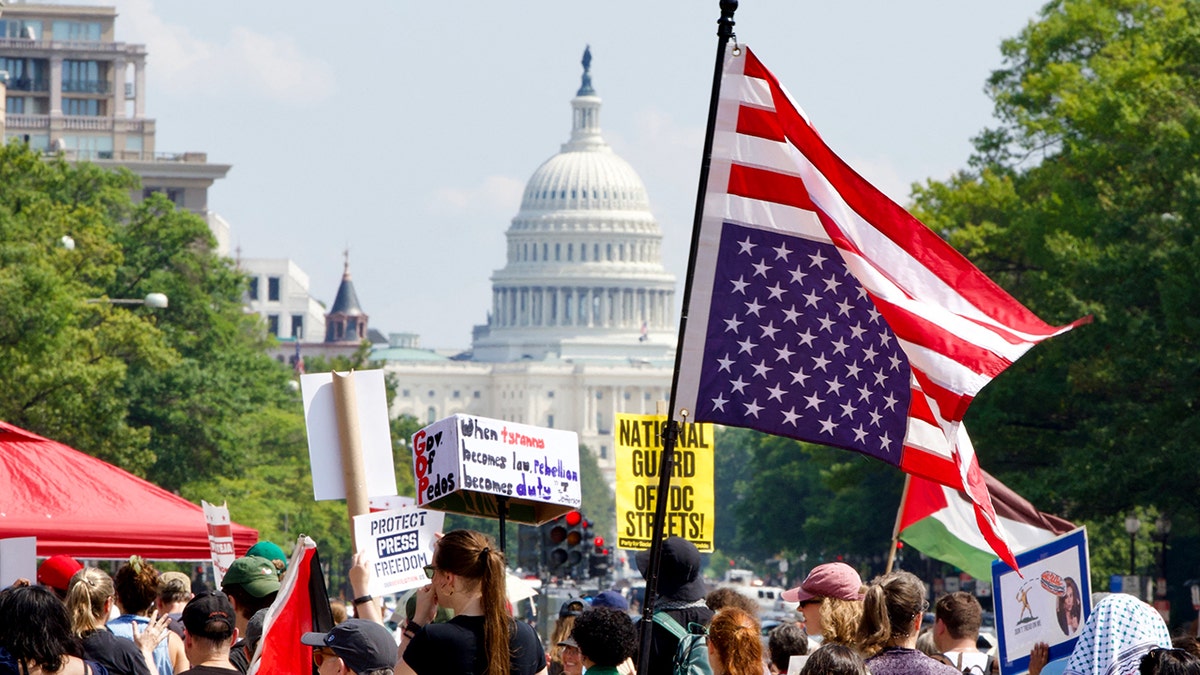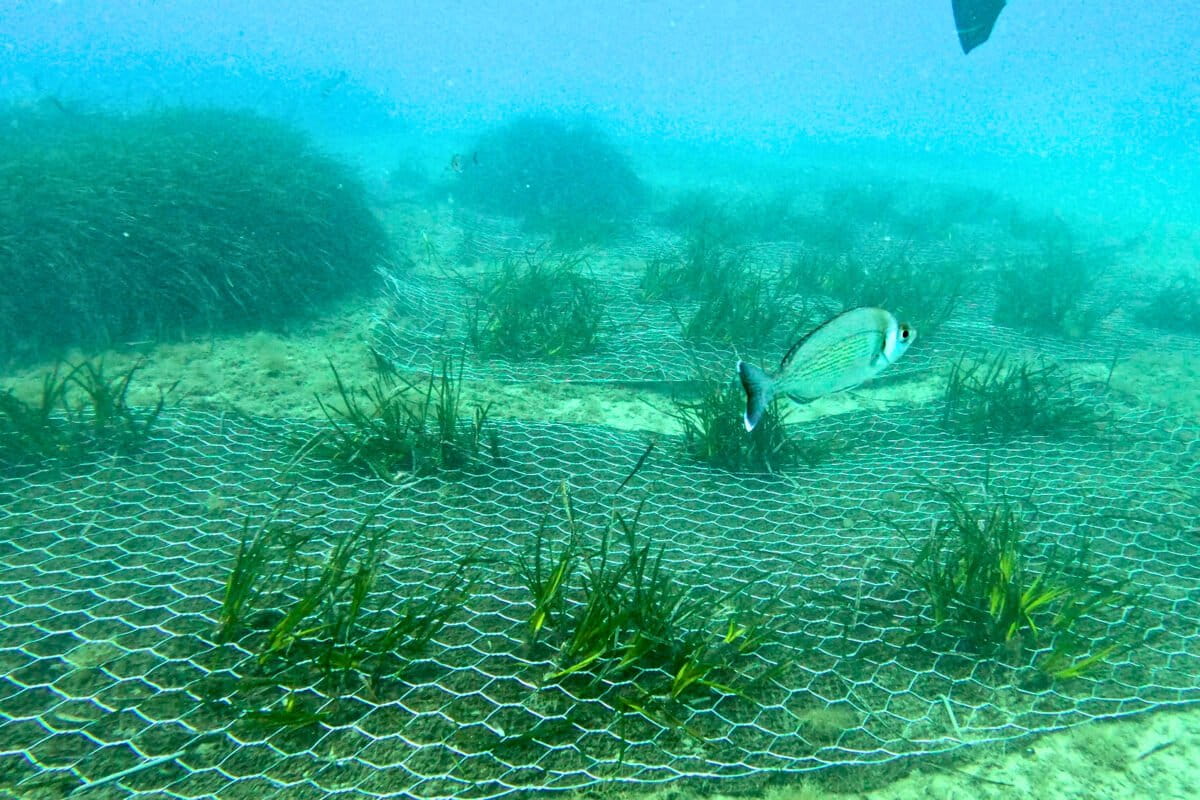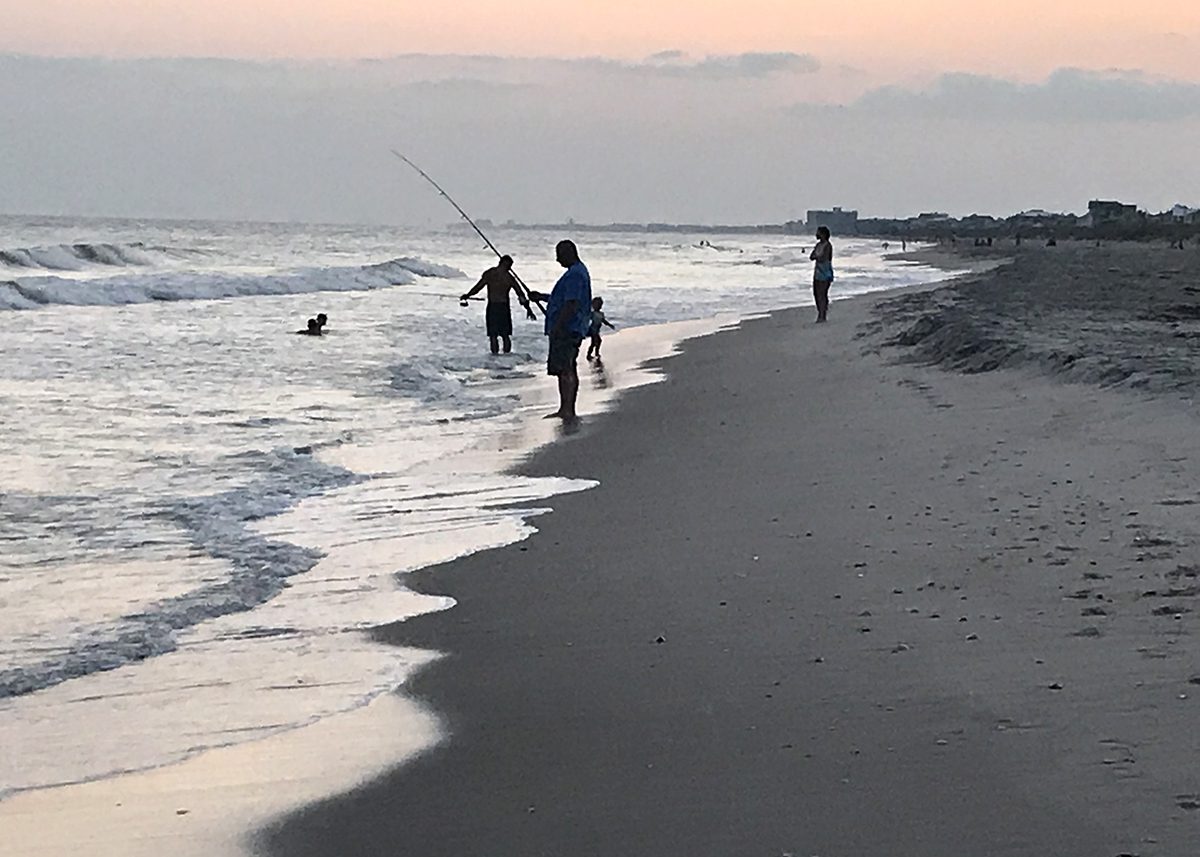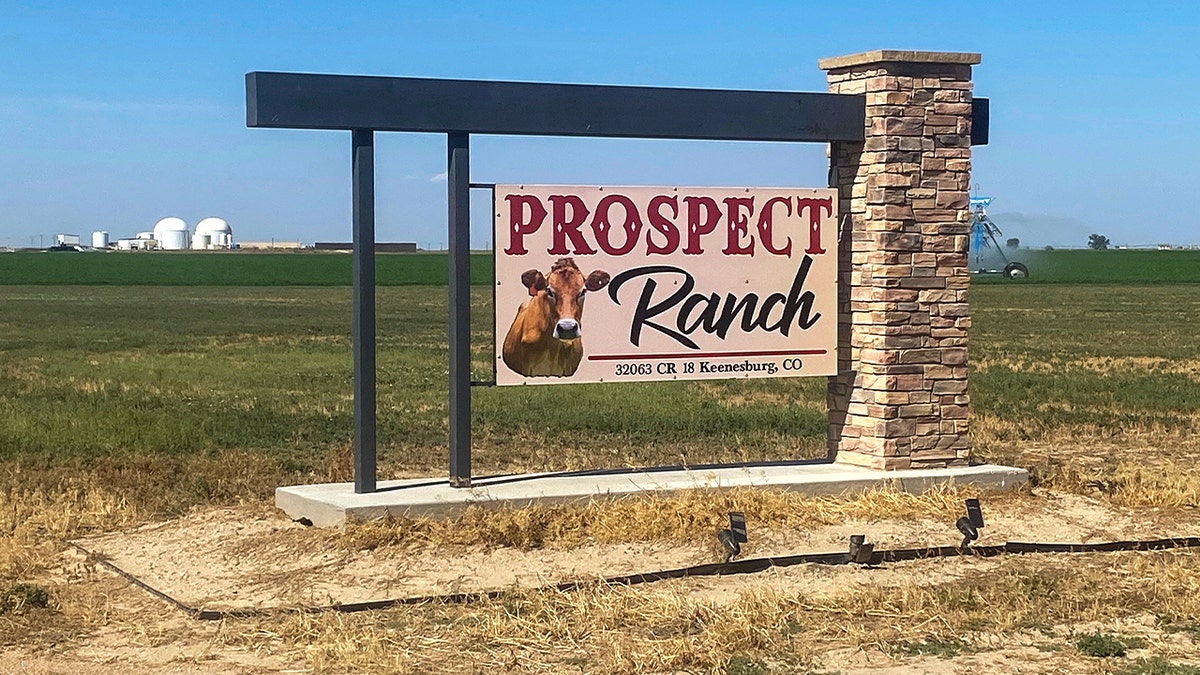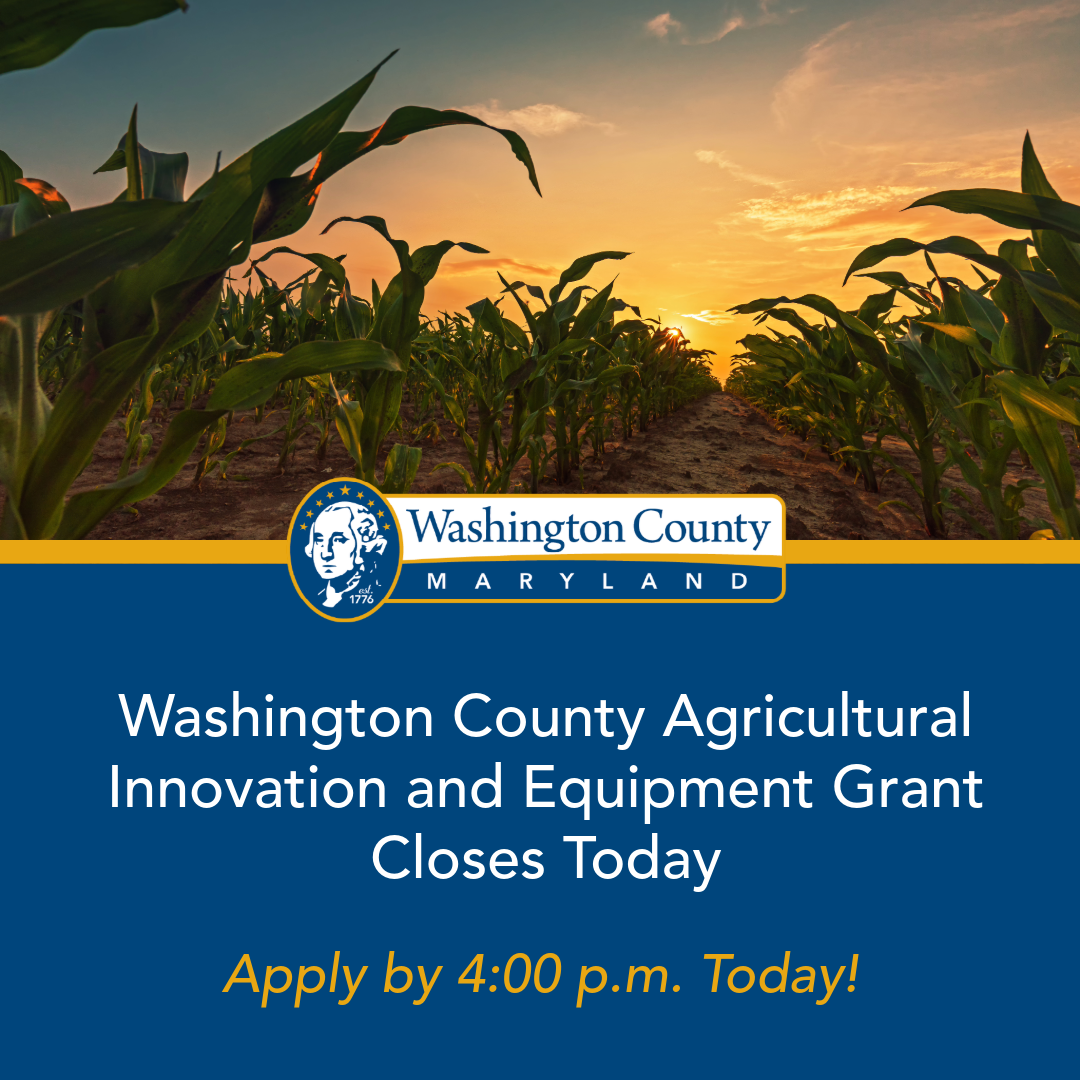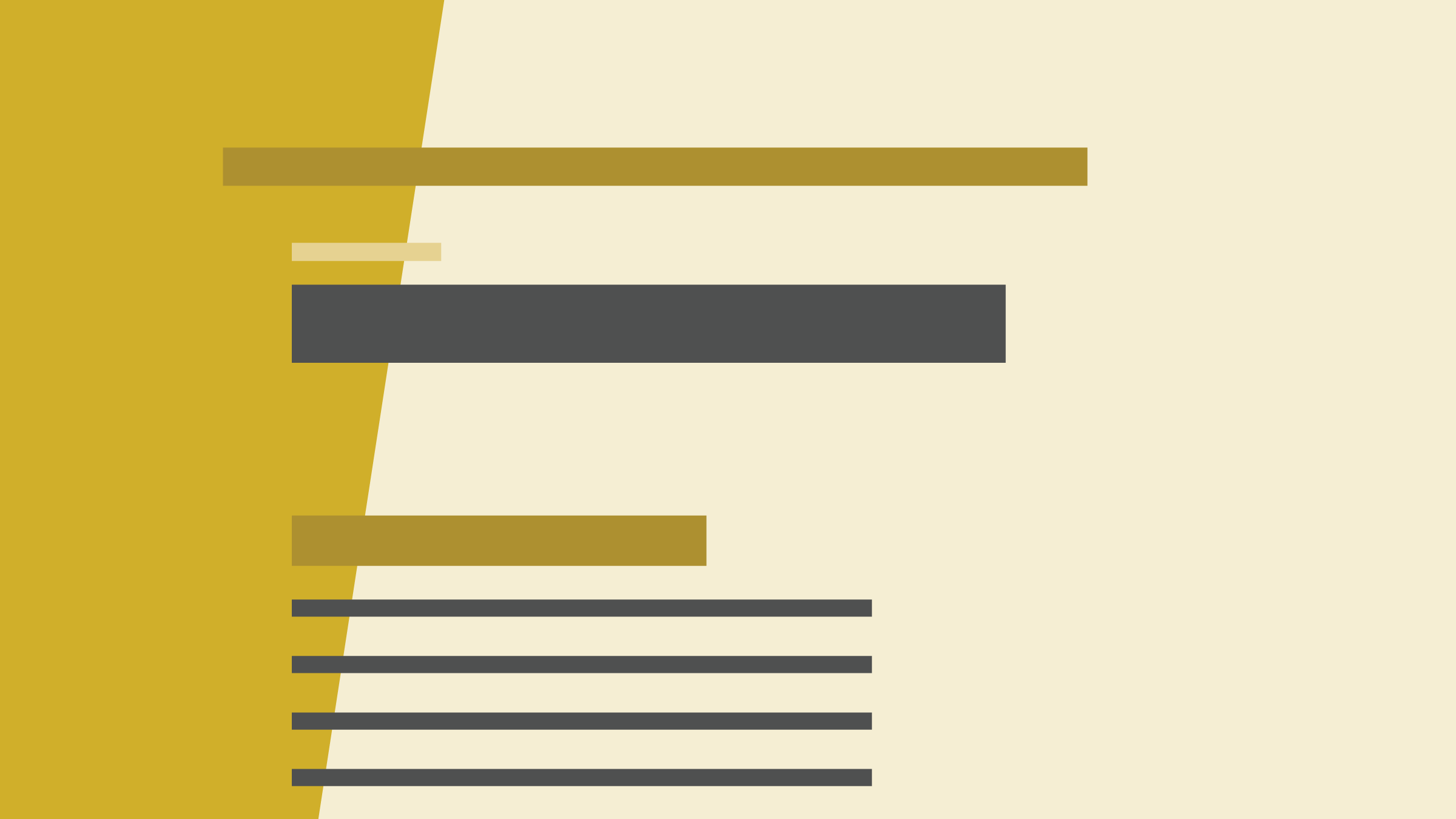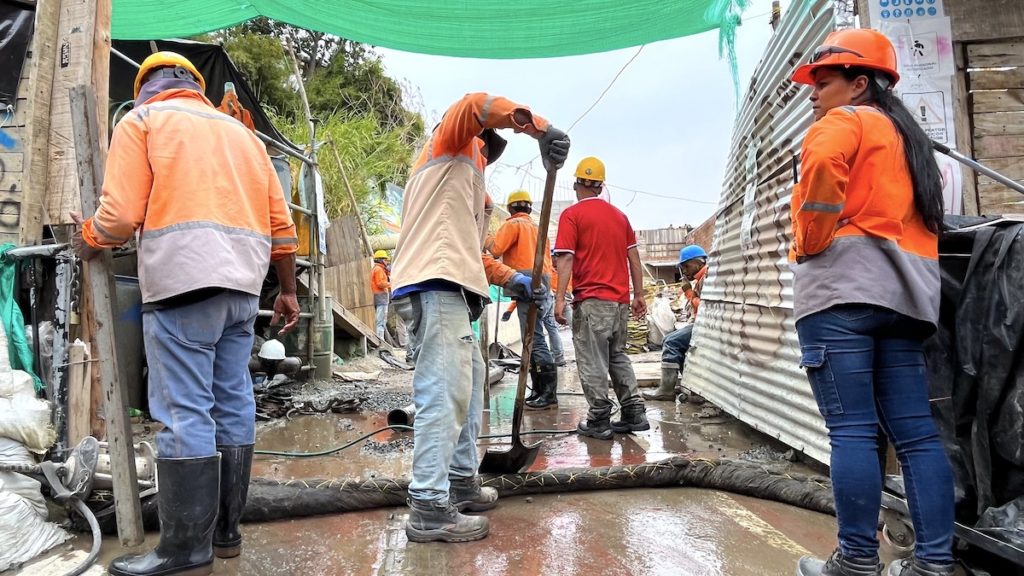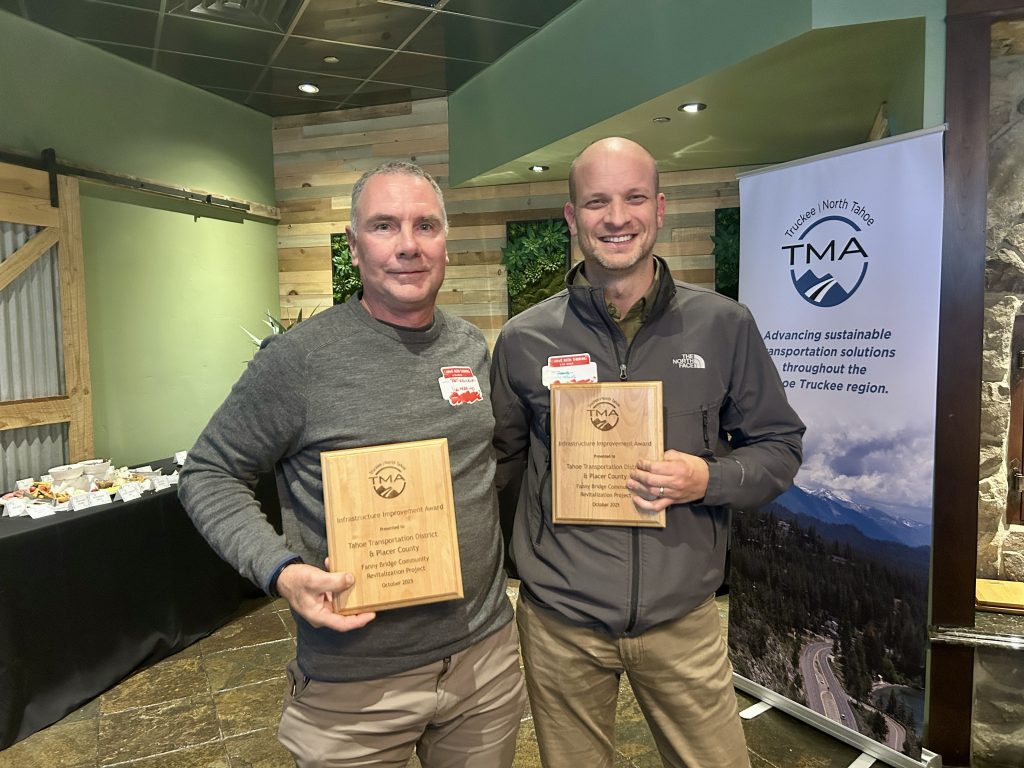Watchdog Groups Host Community Event to Air Concerns Over Wastewater Treatment, Traffic – Flathead Beacon
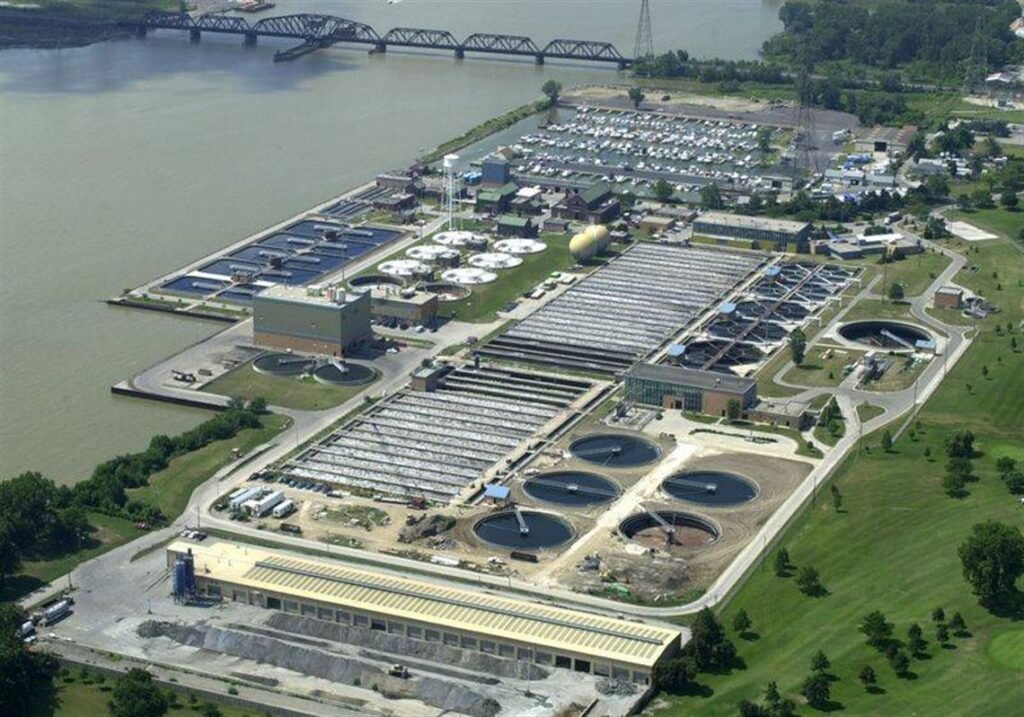
Community Briefing on Sustainable Development Challenges in Lakeside
A community information meeting was convened by local advocacy groups to address critical issues impacting the Lakeside area, primarily focusing on sewer district plans and traffic management. The discussions highlighted significant challenges related to achieving key United Nations Sustainable Development Goals (SDGs), including those concerning clean water, ecosystem protection, institutional integrity, and sustainable infrastructure.
Water Quality and Sanitation (SDG 6, SDG 14)
Proposed Wastewater Treatment System and Environmental Risks
An analysis of the proposed wastewater-to-groundwater sewage treatment system for the Lakeside County Water and Sewer District was presented by environmental consultant Richard Hauer. The presentation underscored the tension between the need for upgraded sanitation facilities and the potential environmental repercussions, directly impacting SDG 6 (Clean Water and Sanitation) and SDG 14 (Life Below Water).
- Scientific Concern: Hauer emphasized the necessity of data-driven science in evaluating the project, warning that the new system could increase nitrogen and phosphorus levels in Flathead Lake.
- Hydrogeological Risks: The location of the proposed facility, situated on a floodplain with preferential flow pathways, poses a significant risk of channeling treated wastewater into the lake.
- Consequences of Failure: It was noted that while the upgrade is necessary, a failure in the proposed system’s design or location could lead to severe and long-term degradation of the Flathead Lake ecosystem, undermining efforts to protect vital freshwater resources.
Contested Environmental Assessment and Legal Actions
The approval of the project’s groundwater discharge permit by the Montana Department of Environmental Quality (DEQ) is being formally challenged. A peer-review study commissioned by Citizens for a Better Flathead (CBF) contested the state’s findings.
- The study, conducted by Hauer, concluded that the DEQ’s environmental assessment underestimates the rate at which treated wastewater would infiltrate groundwater and, subsequently, the lake.
- Following the DEQ’s approval of the permit, CBF and the Confederated Salish and Kootenai Tribes (CSKT) filed a lawsuit against the state, challenging the decision on scientific grounds.
- The legal action seeks to mitigate potential impacts and advocates for relocating the wastewater discharge point away from the floodplain to better protect the lake, in line with the principles of SDG 6.3, which aims to improve water quality by reducing pollution.
Institutional Integrity and Public Participation (SDG 16)
Governance and Transparency Concerns
A separate lawsuit has been filed by CBF against the Lakeside County Water and Sewer District, alleging non-compliance with public participation laws. This issue speaks directly to SDG 16 (Peace, Justice and Strong Institutions), which calls for effective, accountable, and transparent institutions.
- Allegation: The district is accused of failing to provide adequate public notification for its board meetings, hindering responsive and inclusive decision-making as outlined in SDG 16.7.
- Objective: The lawsuit aims to compel the district to establish a reasonable and consistent policy for public meeting notifications to ensure community awareness and participation.
Infrastructure and Sustainable Communities (SDG 9, SDG 11)
Traffic Impacts from Proposed Developments
The meeting also addressed community concerns regarding traffic congestion, particularly in relation to new large-scale developments such as the Flathead Lake Club. This aligns with SDG 11 (Sustainable Cities and Communities), which emphasizes the need for safe and sustainable transportation systems.
- A traffic study commissioned by the developer suggested limited impact, a finding currently under review by the Montana Department of Transportation (MDT).
- The MDT is seeking an extension to its review period to adequately assess the potential strain on local infrastructure, particularly U.S. Highway 93.
Infrastructure Funding and Community Responsibility
The discussion highlighted the financial constraints facing public infrastructure development, a key component of SDG 9 (Industry, Innovation and Infrastructure). Bob Vosen, MDT district administrator, noted that numerous safety improvement projects in the district remain unfunded.
- Budget Limitations: The MDT has a limited budget, which restricts its ability to address all identified safety needs, including improvements to at least 30 intersections.
- Community-Led Solutions: Vosen suggested that community-led fundraising could provide an alternative, and potentially faster, path to implementing desired safety improvements, such as pedestrian crossings.
1. Which SDGs are addressed or connected to the issues highlighted in the article?
-
SDG 6: Clean Water and Sanitation
- The core issue of the article is the development of a new wastewater-to-groundwater sewage treatment system. The entire debate revolves around ensuring the proper management of wastewater and preventing the pollution of a major water body, Flathead Lake, which directly aligns with the goal of ensuring the availability and sustainable management of water and sanitation for all.
-
SDG 11: Sustainable Cities and Communities
- The article discusses community concerns regarding urban development impacts, including traffic from a new luxury development and the need for safer road infrastructure. It also highlights the role of public participation in local planning and management, as seen with the community meetings and lawsuits concerning the sewer district’s plans and processes.
-
SDG 14: Life Below Water
- Although primarily focused on marine environments, this SDG’s principles apply to large freshwater ecosystems like Flathead Lake. The article’s focus on preventing nutrient pollution (nitrogen and phosphorus) from land-based activities (the wastewater system) to protect the lake’s ecosystem is directly relevant to this goal.
-
SDG 16: Peace, Justice and Strong Institutions
- The article details the actions of citizen watchdog groups, their lawsuits against state and local government bodies (DEQ and the sewer district), and their demands for transparent, responsive, and participatory decision-making. This reflects the goal of promoting just, peaceful, and inclusive societies with accountable institutions and public access to information and justice.
2. What specific targets under those SDGs can be identified based on the article’s content?
-
SDG 6: Clean Water and Sanitation
- Target 6.3: By 2030, improve water quality by reducing pollution… halving the proportion of untreated wastewater. The article’s central theme is the plan to upgrade a sewage treatment plant and the debate over whether the new system will effectively prevent pollution (nitrogen and phosphorus) from contaminating groundwater and Flathead Lake.
-
SDG 11: Sustainable Cities and Communities
- Target 11.2: By 2030, provide access to safe, affordable, accessible and sustainable transport systems for all, improving road safety. This is addressed in the second half of the meeting where the MDT administrator discusses traffic concerns, the need for safety improvements at “30 unfunded intersections,” and potential community fundraising for safer crossings.
- Target 11.3: By 2030, enhance inclusive and sustainable urbanization and capacity for participatory… sustainable human settlement planning and management. The actions of the community groups (CBF, Upper West Shore Alliance, etc.) in hosting meetings, commissioning peer-review studies, and suing the district over its failure to “follow public participation laws” directly relate to this target.
-
SDG 14: Life Below Water
- Target 14.1: By 2025, prevent and significantly reduce marine pollution of all kinds, in particular from land-based activities, including… nutrient pollution. The warning from environmental consultant Richard Hauer about increased “nitrogen and phosphorus levels in Flathead Lake” from the new wastewater system is a direct example of concern over nutrient pollution from a land-based source.
-
SDG 16: Peace, Justice and Strong Institutions
- Target 16.3: Promote the rule of law… and ensure equal access to justice for all. The decision by Citizens for a Better Flathead (CBF) and the Confederated Salish and Kootenai Tribes (CKST) to file a lawsuit against the state to challenge the permit’s approval is a clear exercise of seeking access to justice through legal channels.
- Target 16.7: Ensure responsive, inclusive, participatory and representative decision-making at all levels. The lawsuit alleging the district board “failed to follow public participation laws” and the demand for a “reasonable policy, so the public knows your meetings” are direct efforts to make the local government’s decision-making process more responsive and participatory.
3. Are there any indicators mentioned or implied in the article that can be used to measure progress towards the identified targets?
-
For Target 6.3 (Improve water quality):
- Indicator (Implied): The “nitrogen and phosphorus levels in Flathead Lake” mentioned by Richard Hauer serve as a direct, measurable indicator of water quality and nutrient pollution. Progress would be measured by keeping these levels from increasing.
- Indicator (Implied): The “rate at which treated wastewater would seep into groundwater” is another key indicator mentioned in the peer-review study. A lower rate would indicate better mitigation and progress.
-
For Target 11.2 (Improve road safety):
- Indicator (Implied): The “number of unfunded intersections… [that] need safety improvements” is a quantifiable indicator of the gap in road safety infrastructure. Reducing this number would show progress.
-
For Target 16.7 (Responsive and participatory decision-making):
- Indicator (Implied): The existence and outcome of the lawsuit demanding the district “create a reasonable policy, so the public knows your meetings.” The creation and implementation of such a policy would be a clear indicator of progress towards more participatory governance.
-
For Target 16.3 (Access to justice):
- Indicator (Implied): The number of lawsuits filed by citizen groups and tribes against government bodies on environmental and procedural grounds. The article mentions two such lawsuits (“filed a lawsuit against the state” and “CBF is also suing the district”), which indicates that civil society is actively using the justice system to hold institutions accountable.
4. SDGs, Targets, and Indicators Table
| SDGs | Targets | Indicators (Mentioned or Implied in Article) |
|---|---|---|
| SDG 6: Clean Water and Sanitation | 6.3: Improve water quality by reducing pollution and increasing treatment of wastewater. |
|
| SDG 11: Sustainable Cities and Communities |
11.2: Provide access to safe and sustainable transport systems, improving road safety.
11.3: Enhance inclusive and participatory sustainable urban planning and management. |
|
| SDG 14: Life Below Water | 14.1: Prevent and reduce pollution from land-based activities, including nutrient pollution. |
|
| SDG 16: Peace, Justice and Strong Institutions |
16.3: Promote the rule of law and ensure equal access to justice.
16.7: Ensure responsive, inclusive, and participatory decision-making. |
|
Source: flatheadbeacon.com

What is Your Reaction?
 Like
0
Like
0
 Dislike
0
Dislike
0
 Love
0
Love
0
 Funny
0
Funny
0
 Angry
0
Angry
0
 Sad
0
Sad
0
 Wow
0
Wow
0







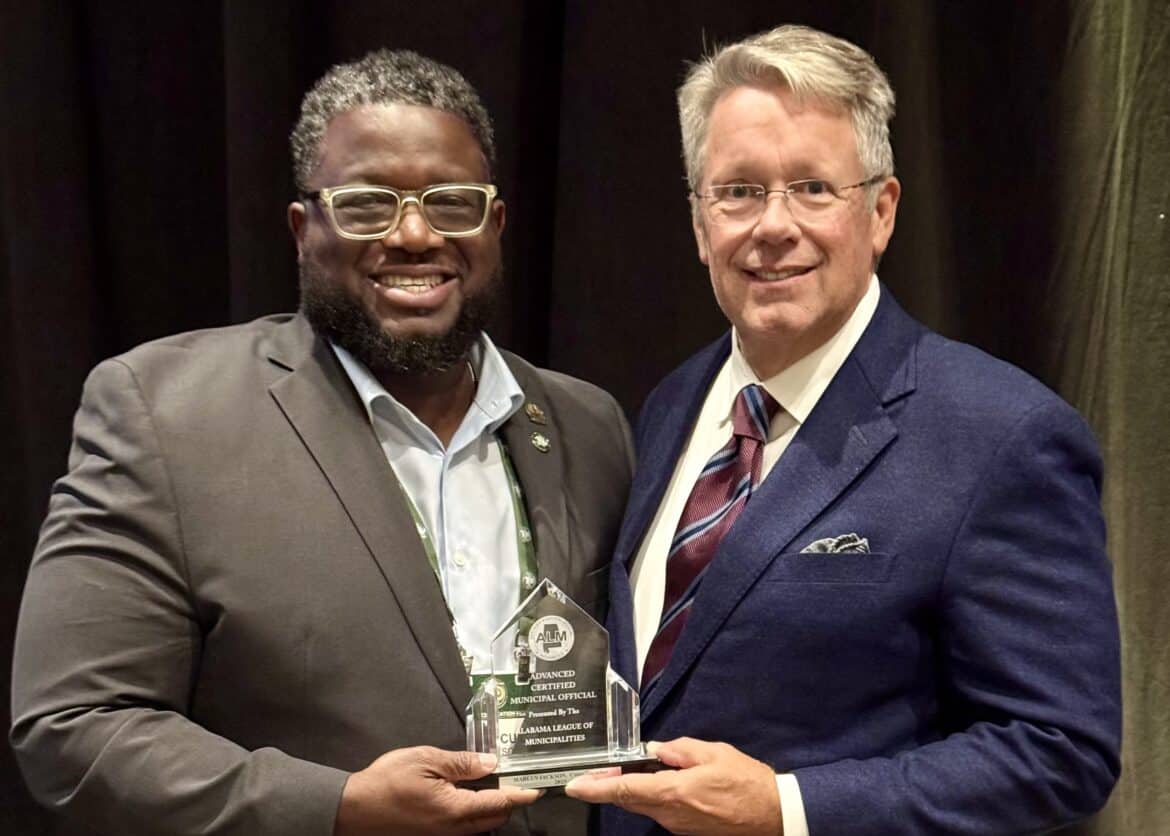







;Resize=805#)


